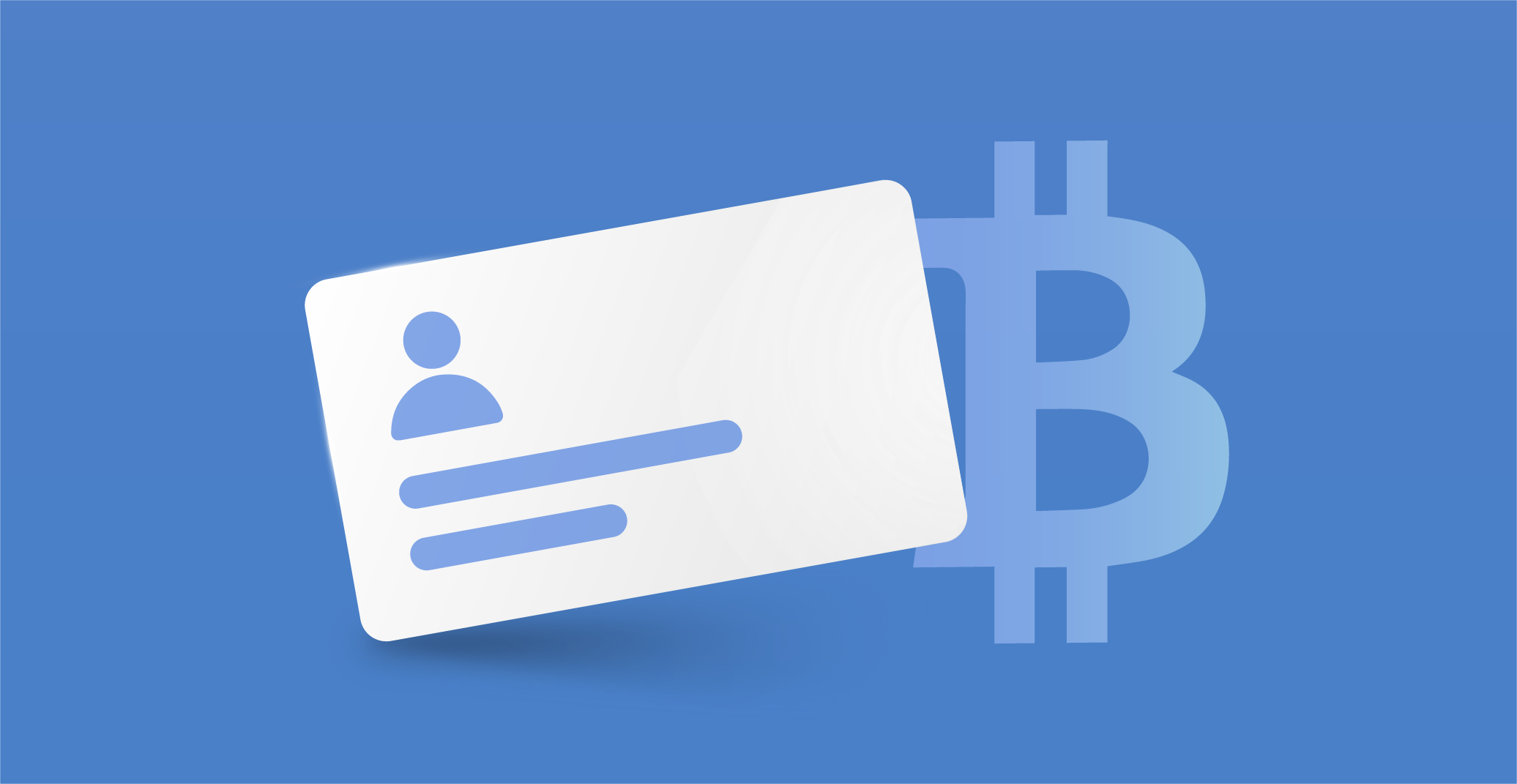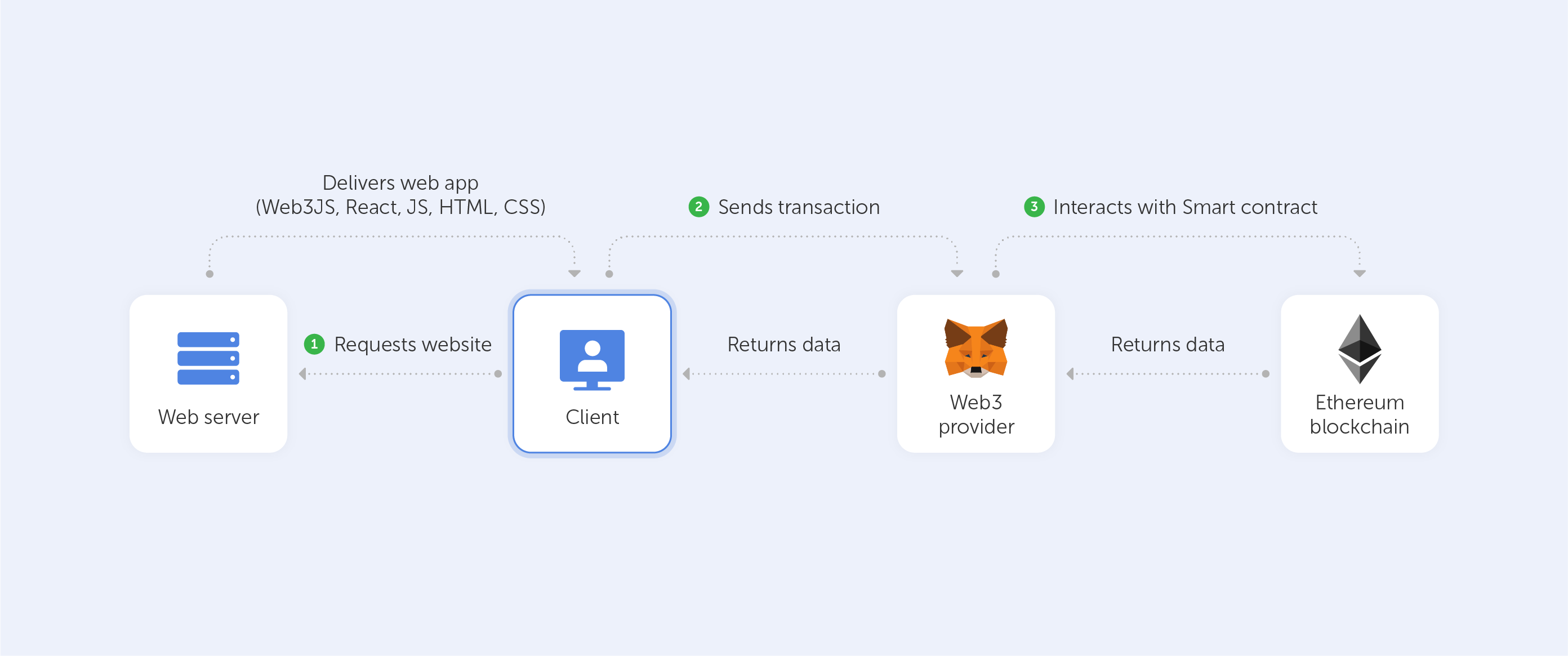
Every year, blockchain technology unveils new possibilities in the realm of digital transactions and decentralized applications. One of the latest additions to this ecosystem is the smart account—advanced accounts capable of automatically performing predefined functions and operations.
Imagine a digital wallet that automatically allocates funds among various investment portfolios based on predetermined rules or market conditions. Or consider a smart contract managing the supply of goods in real-time, based on demand and supply.
While smart accounts offer unprecedented flexibility and automation in managing cryptocurrencies, they also introduce unique security challenges that must be addressed to protect valuable digital assets and ensure the stability of decentralized systems.
What is a smart account?
Before delving into security issues, let’s clarify what smart accounts are and their role in the blockchain ecosystem. In traditional blockchains like Bitcoin, accounts are addresses linked to specific balances and transactions. However, smart accounts, as seen on platforms like Ethereum, have far broader functionality.
Smart accounts are unique accounts tied to executable code known as smart contracts. These contracts define the conditions under which the smart account can perform certain actions, such as transferring funds, performing computations, or interacting with other contracts. For instance, a smart account could be programmed to automatically send monthly rent payments from your cryptocurrency funds.
Unlike regular accounts that merely hold funds, smart accounts are autonomous agents capable of making decisions and performing complex operations based on embedded logic. It’s akin to a bank account that can independently transfer funds at specific intervals and under certain criteria.
Security issues of smart accounts
The unique security challenges of smart accounts are a significant concern, especially as protecting digital assets in the dynamic blockchain environment becomes critically important with the mass adoption of cryptocurrencies. Key security issues include code vulnerabilities, cyberattacks, and problems with access management and permissions. Any bugs or vulnerabilities in the code can have catastrophic consequences, such as the Genesis DAO project’s loss of $50 million in 2016 due to a smart contract vulnerability.
Several high-profile blockchain security breaches involving smart contracts have raised serious concerns, particularly among those actively engaged with blockchain technology. For instance, the infamous DAO hack led to the Ethereum network's hard fork, resulting in a new version of the blockchain—Ethereum Classic.
Once a smart contract is deployed on the blockchain, its code becomes immutable, making it extremely difficult to correct errors and vulnerabilities. This underscores the importance of thorough testing and code auditing before deployment. Otherwise, mistakes can lead to disastrous outcomes, as seen with CryptoKitties and Cryptozombies, where bugs in smart contracts resulted in the loss of valuable digital resources.
Best practices for smart account security
Given the risks associated with smart accounts, it’s crucial to follow best security practices throughout the lifecycle of smart contracts. Security should be an integral part of the smart contract design process, with careful consideration of contract logic, access structures, key management, and other critical aspects. For example, MakerDAO implemented a multi-tier permission structure and voting mechanism for managing its collateralized stablecoin system with security in mind.
Secure development of smart contracts involves using formal verification methods and proofs to ensure code correctness, engaging independent experts to audit the code before deployment, and applying secure programming patterns and standards, such as OpenZeppelin and Solidity Security Best Practices. Even after deployment, continuous monitoring of smart contract security is essential, as new threats and vulnerabilities can emerge at any time.
The future of smart account security
As blockchain and smart contract technologies evolve, new approaches and tools are emerging to enhance smart account security. AI and machine learning are being used for automatic vulnerability detection and error identification in smart contract code. Zero-Knowledge Proofs (ZKPs) are maintaining transaction privacy, and Secure Multi-Party Computation (MPC) is protecting confidential data by allowing computations on encrypted data without revealing the data itself. Formal verification provides mathematical proof of smart contract code correctness.
While quantum computers are still in early development stages, they may pose a future threat to the cryptographic algorithms used in blockchains. Malicious actors with sufficiently powerful quantum computers could potentially break traditional cryptographic systems used in blockchains. Smart contract developers should monitor this development and adapt their security systems using quantum-resistant algorithms.
Open-source communities play a crucial role in raising smart contract security standards. Collaboration, knowledge sharing, and tool improvement contribute to a more secure ecosystem. Examples of such communities include OpenZeppelin, the Ethereum Security Community, and Ethereum Cat Herders.
Education and awareness in smart account security
Ensuring the security of smart accounts involves education and awareness. This includes training developers, auditors, users, and other blockchain ecosystem participants on security best practices, threats, vulnerabilities, and prevention methods.
Smart contract developers should be well-versed in secure programming principles, security threats, and prevention techniques. This includes understanding common vulnerabilities like buffer overflows, coding errors, and access management issues, as well as using tools and methodologies for detecting and fixing such vulnerabilities.
Smart contract security auditors should be trained in using specialized tools and methodologies to analyze smart contract code, identify vulnerabilities, and recommend fixes. They should also stay updated on the latest threats and trends in blockchain security.
Users of smart accounts and decentralized applications also play a crucial role. They should be aware of security risks and best practices. This can include training on the secure storage and use of private keys, understanding phishing risks and other fraud types, and using tools and services to monitor the security of their smart accounts.
Conclusion
Smart account security is critically important in the era of digital transactions and decentralized applications. From secure development and auditing of smart contracts to education and awareness, compliance with regulatory requirements and security standards, and continuous monitoring and evaluation of security—all these aspects are key to ensuring the security of smart accounts.


